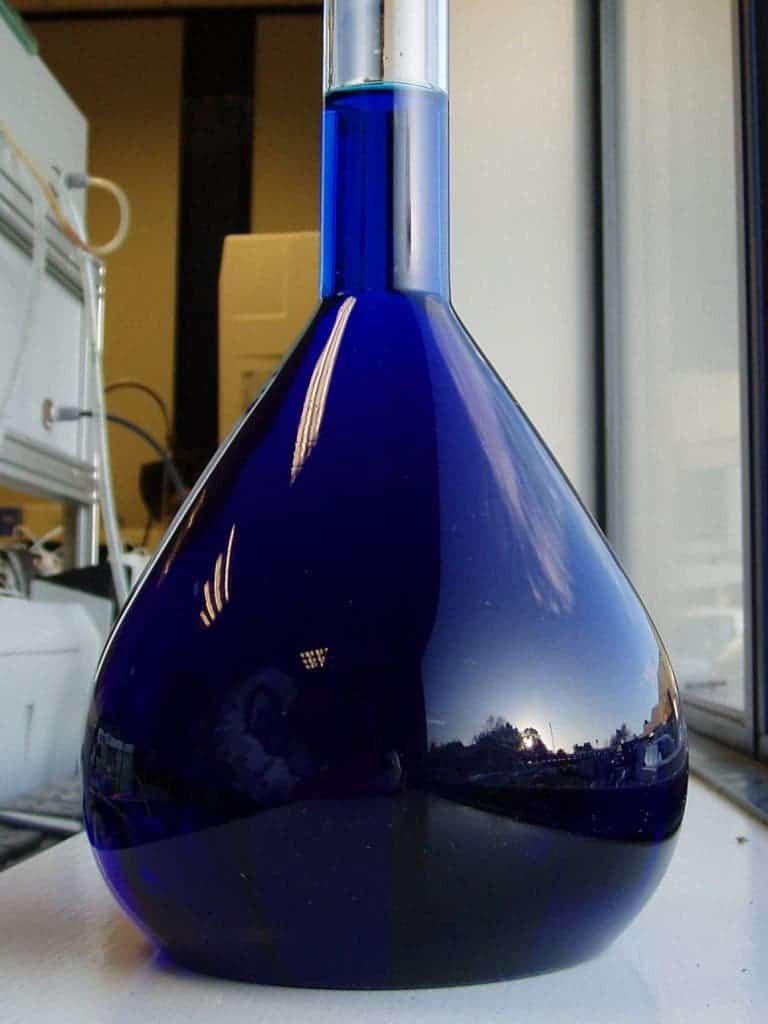New research is paving the way towards new, more efficient sunscreen — one that won’t damage corals, to boot.

Methylene blue, a century-old medicine that my grandma used to give me whenever I had a sore throat, could prove to be quite an effective sunscreen. The substance is an effective broad-spectrum insulator against ultraviolet (UV) radiation, absorbing both UVA and UVB (the first produces sunburn, the second contributes to skin cancer), repairs UV-induced DNA damage in the skin, and is also much safer for corals than current options. According to a new study, methylene blue could become a common alternative sunscreen ingredient.
Sun? Blocked.
“Our work suggests that methylene blue is an effective UVB blocker with a number of highly desired characteristics as a promising ingredient to be included in sunscreens,” says the study’s senior author Dr. Kan Cao, Founder of Mblue Labs, Bluelene Skincare, and a Professor at the University of Maryland Department of Cell Biology and Molecular Genetics.
“It shows a broad spectrum absorption of both UVA and UVB rays, promotes DNA damage repair, combats reactive oxygen species (ROS) induced by UVA, and most importantly, poses no harm to coral reefs.”
Most commercially available brands of sunscreen sold today (around 80%) use oxybenzone to block UV rays. However, we know that oxybenzone is quite damaging to coral reefs, and several local and national governments have already banned its use and that of its derivatives in order to protect marine ecosystems. Which is all well and good, but it also means that we need a replacement.
The team looked at the interaction between methylene blue and UV radiation under several angles in primary human keratinocytes and skin fibroblasts from young and old donors. The results were compared to similar data for oxybenzone. They report that methylene blue not only absorbs UVA & UVB, but it also helps repair DNA damage induced by UV radiation.
When exposing Xenia umbellate, a soft coral species, to the same amounts of methylene blue or oxybenzone in isolated tanks, they found another important tidbit of information. The corals exposed to oxybenzone experienced severe bleaching and death in under a week. The ones exposed to methylene blue did not show any negative effects even at relatively high concentrations of the compound.
Compared with other skincare antioxidants such as vitamin A (retinol) and vitamin C, methylene blue showed that it is highly effective at protecting our cells. The best results, however, were seen when using a combination of vitamin C and methylene blue.
“We are extremely excited to see that skin fibroblasts, derived from both young and old individuals, have improved so much in terms of proliferation and cellular stress in a methylene blue-containing cell culture medium.” Dr. Cao reports.
“Most surprisingly, we found that the combination of methylene blue and Vitamin C could deliver amazing anti-aging effects, particularly in skin cells from older donors, suggesting a strong synergistic reaction between these two beneficial antioxidants.”
Overall, the team writes in their abstract, methylene blue has the potential of becoming a reef-friendly active ingredient in sunscreens, which would also likely improve the efficiency of this product compared to current options. In particular, they explain, today’s ratings (Sun Protection Factor — SPF) only account for UVB exposure, so today’s sunscreens leave users exposed to the oxidative stress and photoaging induced by UVA rays. Methylene blue also promotes DNA repair in the skin, and can deliver anti-aging effects, especially in conjunction with vitamin C.
The paper “Ultraviolet radiation protection potentials of Methylene Blue for human skin and coral reef health” has been published in the journal Scientific Reports.









